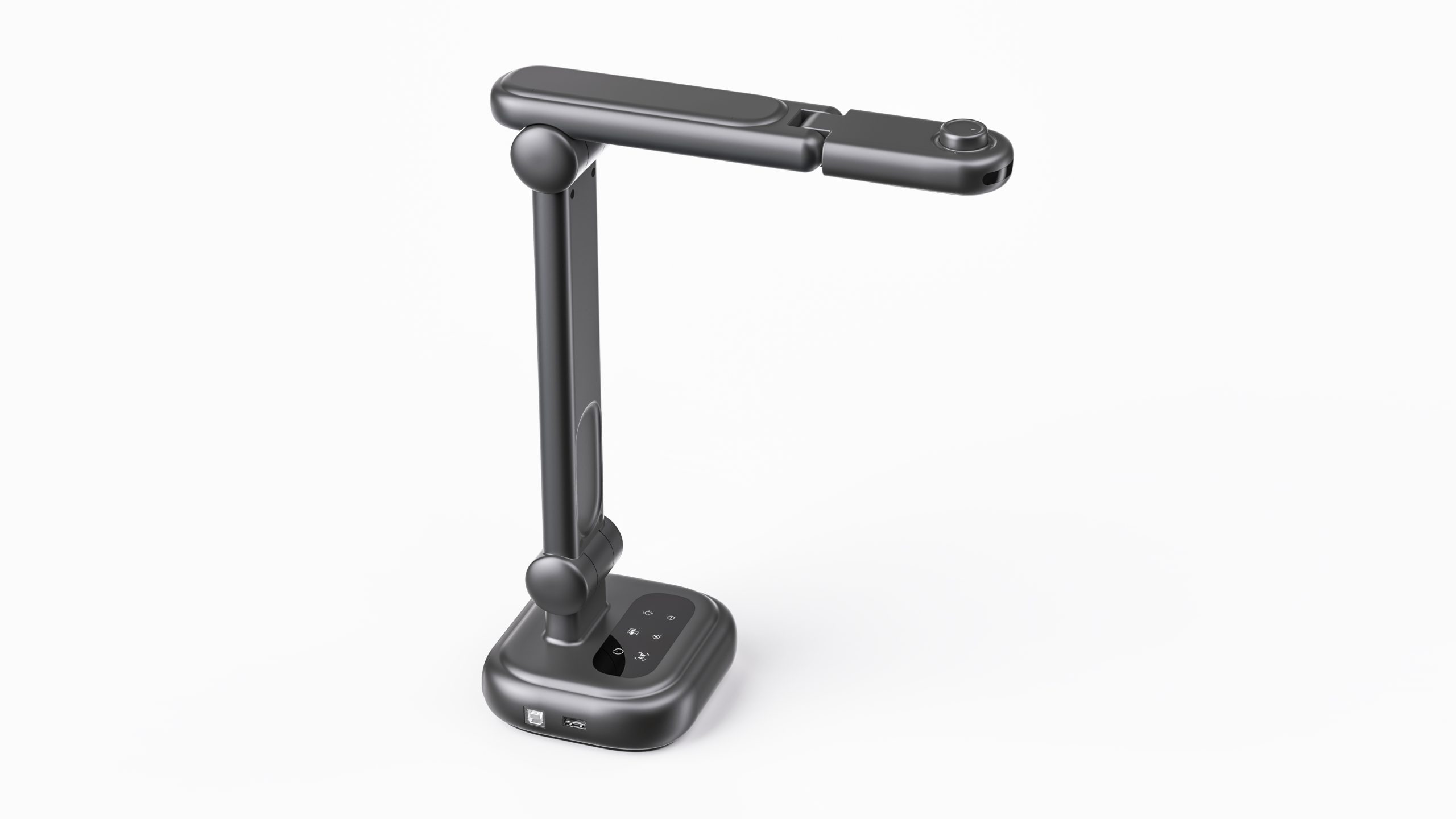Lossless zoom is an advanced image processing technology that first obtains ultra-high pixel image data from the sensor, then uses the image processing chip (ISP) to cut out the required different sizes of images, and then reduces the image to achieve a zoom effect (similar to optical zoom).
This technology enables cameras to zoom in and out without any loss of image quality.
For example: the photosensitive chip is 16 million, and the resolution of HDMI or USB output is 2 million.
Step 1, 16 million, reduced by 2 million,
Step 2, 16 million, cut out 14 million, reduced by 2 million again
Step 3, 16 million, cut out 12 million, reduced by 2 million again,
Step 4, 16 million, cut out 10 million, reduced by 2 million again
Step 5, 16 million, cut out 8 million, reduced by 2 million again
Step 6, 16 million, cut out 6 million, reduced by 2 million again
Step 7, 16 million, cut out 4 million, reduced by 2 million again
Step 8, 16 million, cut out 2 million.
From step 1 to step 8, we can see a process of image enlargement from small to large. During this enlargement process, the effective pixels of HDMI or USB output are always 2 million, and its clarity is almost not reduced. When the process from step 1 to step 8 is continuously subdivided, it will be close to the optical zoom effect.


I think, that you are not right. I can defend the position. Write to me in PM, we will communicate.
Thank you for your support.You can disscuss with us on WhatsApp +8613246797702